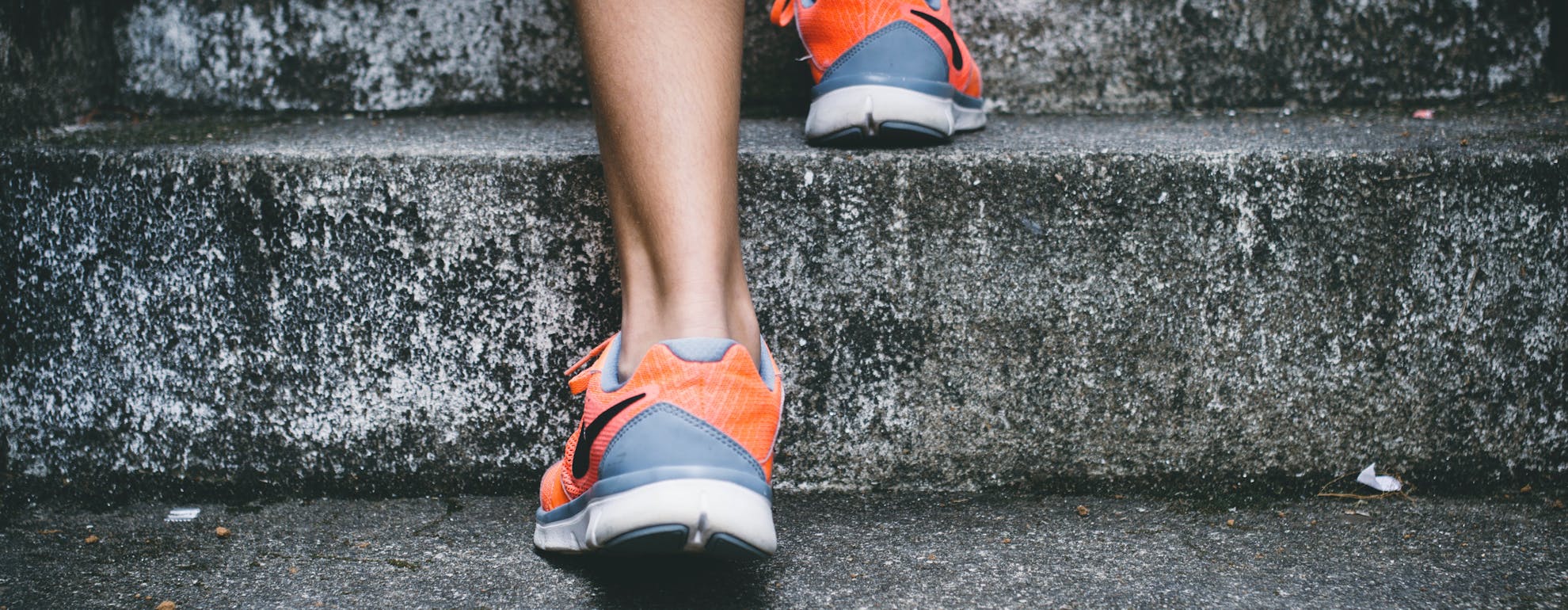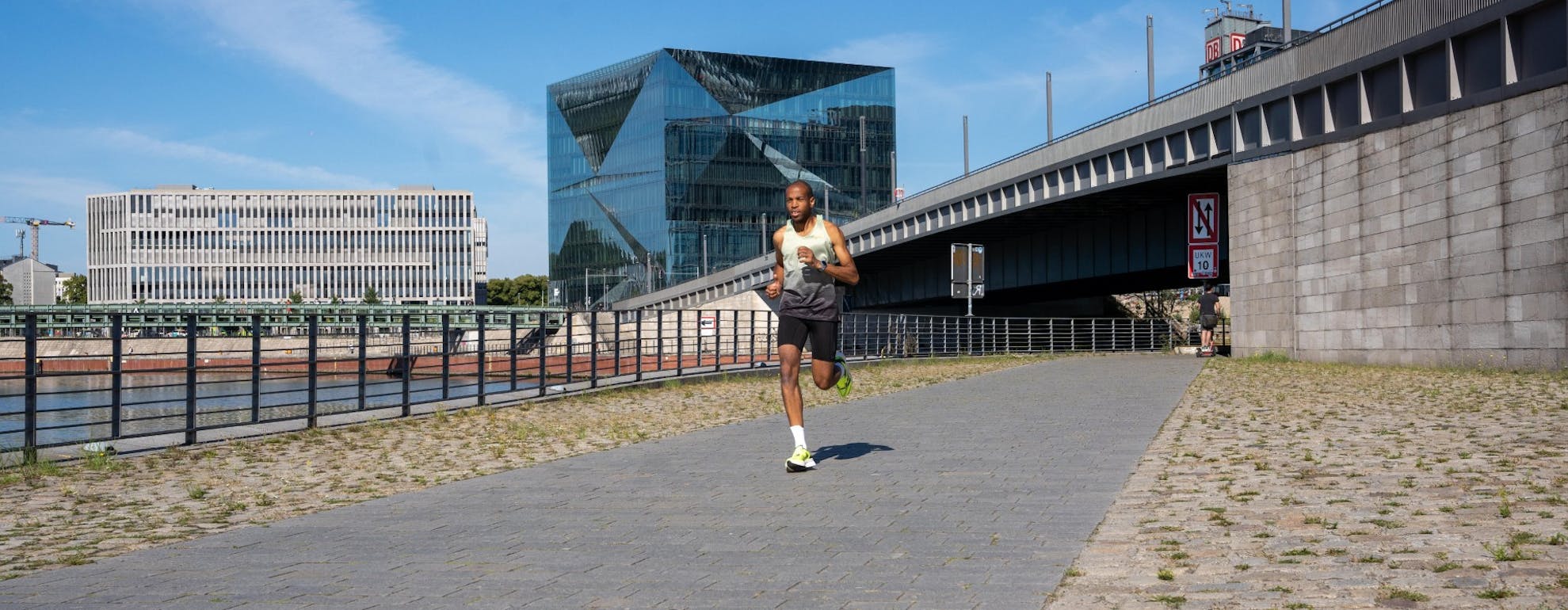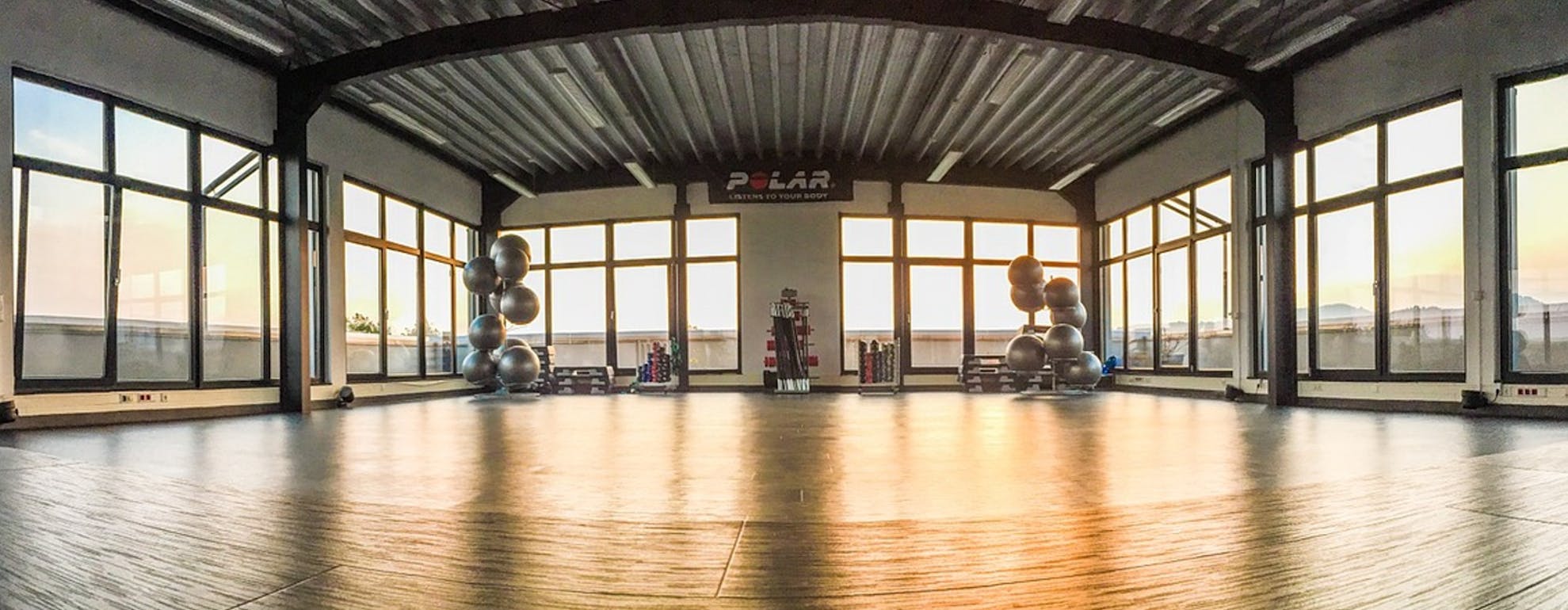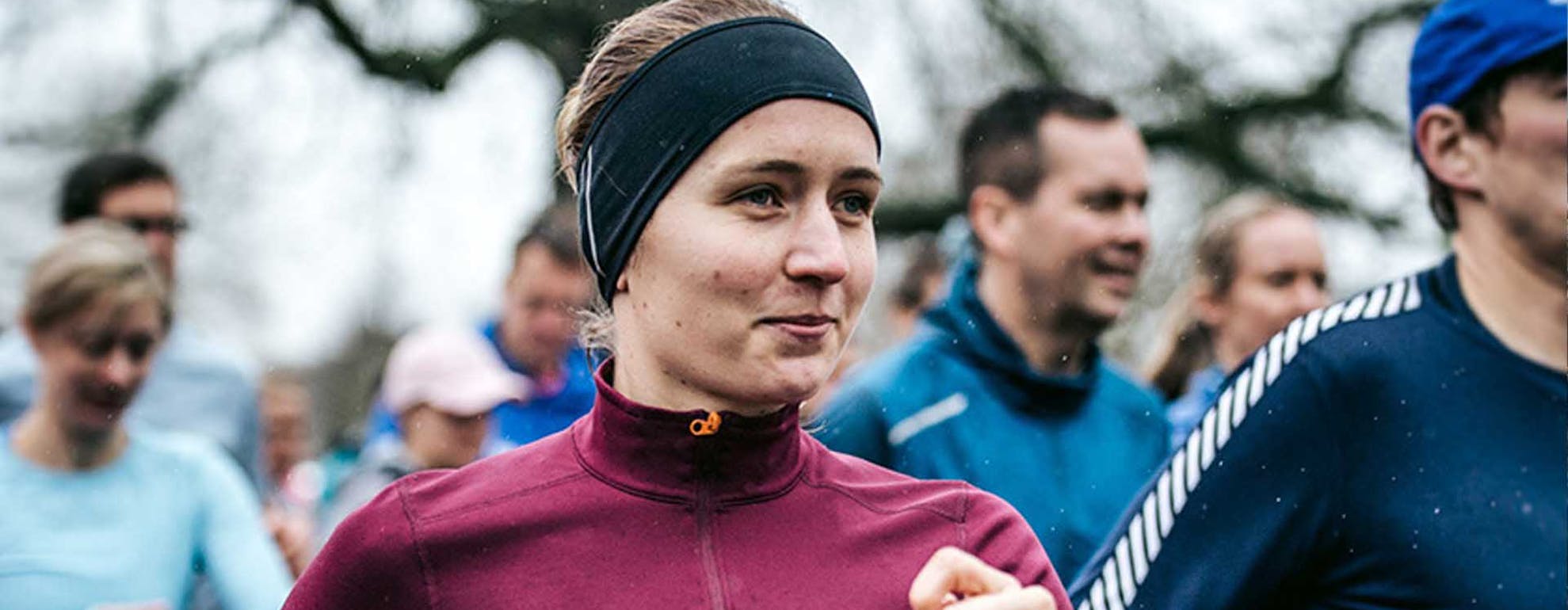
Training
Achilles Tendonitis: Symptoms, Causes, Treatment and Prevention
The Achilles tendon is the thickest and strongest tendon in the body at around 15cm long and 4cm thick at its narrowest point. Its origin is near the middle of the calf and its purpose is to attach the major muscles of the calf - the gastrocnemius and the soleus - to the calcaneus (heel) bone.
The Achilles can withhold a stress of up to 3.9 times a person's bodyweight when walking and direct measurements of forces have found loading in the Achilles during running as high as 9KN which is 12.5 times bodyweight.
It's safe to say the Achilles tendon is pretty tough, however this natural tensile strength does not render it completely injury-proof, as Achilles pain - known as Achilles tendonitis - is a major bugbear of many runners, including myself.
The name 'Achilles Heel' comes from Greek mythology whereby the great warrior Achilles was killed by a poisoned arrow to the heel. The story goes that Achilles' mother received a prophecy of her son's death and so dipped his entire body into a river to protect him. However, she held him by his heels and so these parts of his body did not receive the protection, rendering them vulnerable. The moral of this story? Look after your heels!
ㅤ
SYMPTOMS OF ACHILLES TENDONITIS
Symptoms are fairly unanimous, characterised by a sharp pain in the back of the heel and anywhere up the lower part of the calf on flexion and extension. When relaxed or in a fixed anatomical position (neutral) there can be a dull throbbing around the area and is tender to the touch. The point at which Achilles pain becomes Achilles tendonitis is when the area becomes inflamed and swollen. This causes further discomfort and can be very painful to the touch and when subjected to stress.
Other symptoms include reduced mobility of the ankle joint, redness and heat around the painful area. There can also be a nodule (build-up of scar tissue) on the tendon, accompanied by a cracking sound on movement which is when the scar tissue rubs against the tendon.
ㅤ
WHAT CAUSES ACHILLES TENDONITIS?
Basically, tendonitis occurs when the Achilles is placed under too much stress. Your foot flexes and extends when the calf muscles contract and relax. If the calf muscles become tired or fatigued, this places much of the burden onto the Achilles tendon. The most common cause is a change in training modality, whether it is increased mileage, increased speed work, excessive hill running, barefoot running or simply overtraining.
Increased speed work and hill running - these two types of running place huge stress on the Achilles due to their nature. The faster you run, the more forces act upon the body. If you think back to your science lessons, Newton's third law of motion stated Force = Mass x Acceleration. So, if you increase acceleration (speed) you increase force, more specifically the force you exert into the ground, and the more force you exert into the ground, the more will get rebounded into your body - hence Newton's second law 'every action has an equal and opposite reaction.' This force causes micro-vibrations to travel up the calf and Achilles, if these persist without the calf adapting or if you do not warm up properly, these vibrations can lead to ruptures.
Hill running places the calf and Achilles under tension due to the angle at which you are running. When running on the flat in a traditional gait comprising of heel strike (landing), midstance and toe-off, the foot dorsiflexes on landing, then plantarflexes on toe-off. The increased gradient exacerbates this dorsiflexion which puts the Achilles under a great deal of stress and that again can cause ruptures.
Barefoot running - I won't go into much detail as you can find hundreds of articles and studies investigating the pros and cons of barefoot running. If not implemented correctly however, a vast range of injuries can occur. The most common with runners new to barefoot running is Achilles tendonitis. This is due to the foot being placed in a position that is unnatural to a runner who is used to running in well cushioned shoes. After a lot of training and gentle manipulation, barefoot running has been shown to have many health benefits, but when starting out it does place huge strain on the calf and Achilles. So be patient and run smart! Learn more about safe barefoot running techniques with our guide.
Achilles tendonitis can also be caused by an improper warm up whereby the calf muscle is too tight due to lack of stretching. Other causes include inappropriate footwear, whereby a person who overpronates is wearing a shoe which still allows excessive movement of the foot and ankle – which can cause the Achilles to twist. This causes more stress due to the unnatural movement forced upon it.
All these factors can put the Achilles under too much strain which can lead to inflammation. If the inflamed tendon continues to be stressed, it can rupture or tear - which is bad news!
ㅤ
TREATMENT AND PREVENTION
I'm sure you've heard it before, but I'll say it again. If you experience any pain – stop. RICE (Rest, Ice, Compression, Elevation) treatment is good in the short time after feeling pain. Place ice on the area for 15 minutes out of every hour. Ibuprofen gel is good to alleviate pain and reduce any inflammation (a secret remedy I use is tiger balm; it's like a really strong deep heat). You can also self-massage the area while applying the gel which will further reduce any swelling that may have occurred. At this point try not to stretch it.
Once the nodule has gone and inflammation has subsided, now you can stretch. The best one is to stand on a step with your heels over the edge. Drop down to stretch the Achilles and calf, from the bottom of the stretch slowly perform a calf raise. This way you are stretching and strengthening the area in one. If this is a struggle, go back to icing the tendon. Gradually ease your way back into running. One of the biggest mistakes you can make is trying to do too much too soon. If it still causes pain but you want to exercise, avoid weight-bearing activities. Swimming and cycling (in low gear) are best.
In extreme cases, surgery may be required to scrape off any existing scar tissue. However, I would recommend seeing a physio if pain or inflammation persists, especially when performing the calf raise.
The calf and Achilles are very sensitive areas and are often overlooked. They need to be stretched and strengthened to avoid any further injuries. Calf raises are excellent to strengthen the calf. You can also do soleus raises where you stand side on to a wall, with legs bent at about 45 degrees then push upwards onto your toes (image below shows it being done on a platform but it isn't necessary). To further increase the stretch, perform on one leg.
In addition to strengthening, the best thing to do is stretch. Calf stretches, Achilles stretches, on a step, against a wall or using a towel. However and whenever you can, you need to stretch! One easy trick you can try is, when walking upstairs at home, purposely drop your heel on each step to stretch – a convenient and easy way to incorporate extra stretching into your daily routine. Check out this handy article featuring post run stretches & exercises with Emma Coburn and Emily Sisson.
The main points to remember are to always warm up thoroughly, and if you are susceptible to calf and Achilles problems make sure you do extra on these areas. Wear suitable footwear that allows the Achilles to be cradled properly, and finally, when introducing new stimuli to your training, make sure to take it steady.
ㅤ
WHICH RUNNING SHOES ARE BEST FOR ACHILLES TENDONITIS?
Our SportsShoes athlete Jake Smith recommends the ASICS GEL-KAYANO
He says; They are extremely supportive and engineered to provide incredible comfort. Since November I have struggled with a bad Achilles injury and am going through the rehab stage since having an injection 3 weeks ago now. These shoes also provide a bigger heel drop reducing the stress on this tendon, in each stride, and the heel counter really helps to secure my rearfoot during exercise. The main cushioning compound used in this shoe is known as Flytefoam which allows for high energy return. This compound also protects you from unnecessary stress and fatigue, which I totally agree with and am happy to use for my recovery/easy runs during the build-up towards the Olympic 10K Qualifiers. Wearing these shoes gives me the confidence to know that my Achilles and feet are both very protected. They do feel very wide too, which is convenient for those individuals wanting slightly wider fit. I would recommend these shoes for easy and recovery runs, especially for people who have, or have had a history of Achilles problem.
ㅤ
Looking for some training tips and advice? Then head over to our Training category where our athletes and experts explain everything you need to know.
Welcome
Welcome to the SportsShoes Training Hub! We’ve teamed up with athletes and experts to bring you the very best advice on how to maximise your workouts and achieve your best results.
Read More
Share this
Featured articles
View All



